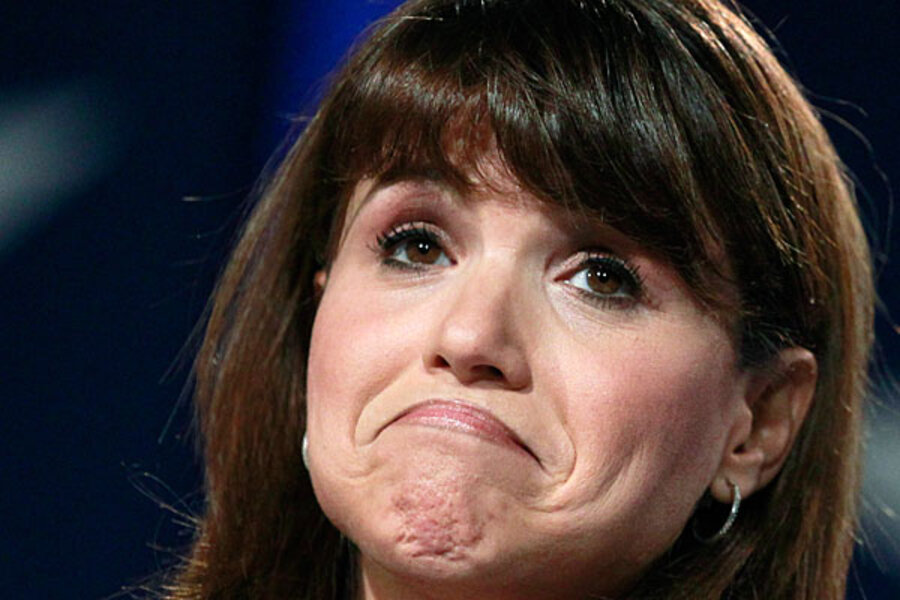Tea partyers did transform the healthcare reform debate, some analysts say, after activists stormed town-hall meetings in the summer of 2009.
And in the September primaries, tea party backed candidates did well. Tea party activist Carl Paladino rolled over the leaders of New York's Republican and Conservative parties with big win in the GOP primary for governor. He knocked off Republican Party designee Rick Lazio, a former congressman.
Christine O’Donnell bested US Rep. Michael Castle in the primary to run for the US Senate seat in Delaware once held by Vice President Joe Biden. And Joe Miller pushed incumbent Lisa Murkowski out of the Senate race in Alaska.
The GOP's "Pledge to America" document, unveiled in late September, is laced with tea party slogans, and appears to be a bid to win over members of the movement.
Moreover, decisions by Democratic Sens. Christopher Dodd and Byron Dorgan not to run for reelection this year is an acknowledgment that they probably would have faced a tea-party-inspired populist backlash at the polls, say tea party watchers.
In Massachusetts, tea party organizers helped to funnel money and manpower to state Sen. Scott Brown's successful bid for the late Ted Kennedy's seat in the US Senate. The upset victory, wrote conservative columnist Mary Katharine Ham, shows that "Democrats fooled themselves into believing the town-hall/tea party caricature and ignored the feelings of real Americans."





